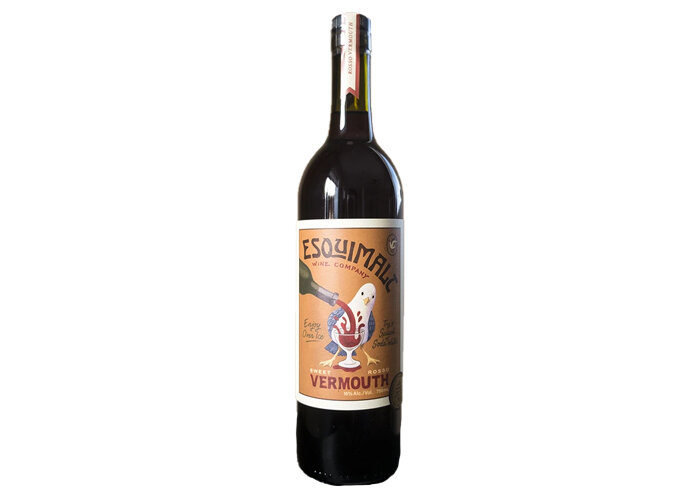You say amaro, I say amari, I love aperitifs but you love vermouth. What’s the difference anyway? The bitters are back baby! Not only are they being enjoyed in their range of eclectic styles, but they also provide some seriously refreshing cocktail pleasures in these summer months.
Medicinal roots and herbs being added to alcohol has always provided the backbone to many elixirs and tonics. This goes way back to amaro’s origins in ancient Rome in the 1800’s to consumption of fortified wines with herbs being popular in China as early as the Shang dynasty (1250-1000BC)
Many of these medical herbs have a bittering component (hence the word bitters) They are perfect in either stimulating the appetite or aiding in digestion. Gentian for instance, helps relieve indigestion and is great for loss of appetite, whereas chicory root can regulate blood sugar and wormwood aids in digestion and will increase the appetite.
Not only do these bitter-sweet lovelies contribute to your overall digestive health, but they can also be palate cleansing and quite delicious. Have some fun experimenting as they are great in cocktails. My take on an Aperol Spritz was to add soda instead of the Prosecco and top with a dollop of yuzu sorbet. So yummy and who says floats are just for kids!
Shall we start with an Aperitif?
These are lighter drinking bitters that are designed to whet the appetite and prepare the palate for food and the taste sensations that come with it. They are typically served before a meal whereas digestifs such as Fernet are served after a meal. Common brands to look for are Aperol (Italy), Campari (Italy), and Lillet (France).
What is an Amaro?
Amaro is Italian for “bitter”. These sweetened herbal liqueurs provide a bitter-sweet flavour and are mostly consumed as an after-dinner digestive. Herbs, roots and flowers are macerated into a neutral spirit or wine and then sweetened before bottling. Many will leave the mixture to mellow and age in casks adding extra layers of complexity. Popular ones we see on the market here are Averna (Italy), Montenegro (Italy) and Woods Spirits in North Van does a wonderful Amaro Chiaro.
How do Vermouths differ?
A vermouth is wine based and will use wormwood in its list of botanicals. The name vermouth originates from the French pronunciation of the German word wermut for wormwood. Vermouths can run the gamut in style from white and bone-dry to pink and sweeter red versions. With most vermouth, there is a more dominant use of citrus peels. These are delicious on their own over ice, for adding a touch to that perfect martini or will take a starring role in a Negroni. Some favourites are Esquimalt Rosso (Vancouver Island) and Lustau Vermut (Spain).
Woods Amaro Chiaro – On sale this month for $39.98
A Pacific Northwest take on a traditional Italian favourite. A little more approachable than the original herbal liqueur, Chiaro Amaro is delicate and balanced, using thirteen botanicals including lemon, star anise, and gentian. It’s delicious served neat with a citrus wedge, on ice with soda, or mixed in a White Negroni.
Esquimalt Rosso Vermouth - $34.99
DOUBLE-GOLD MEDAL winner at the 2021 San Francisco World Spirits Competition, well done BC, that’s like winning the Spirit Olympics! Made using 32 different botanicals that have been macerated in mead and Schonburger from Venturi-Schulze vineyards.
This delicious beauty entices with notes of baked plum, fig and orange zest mingled with cinnamon and brown sugar nuances. Slightly sweet and works great in a Manhattan or simply over ice with soda.
Starlino Rosé Apertivo – $32.99
From the distilling team behind Malfy Gin comes this fun summer aperitivo from Turin, Italy. Produced from Italian rosé wine, berries and a host of botanicals. Swirling flavours of raspberry, pink grapefruit, elderflower, and orange peel abound. Great for summer spritzes or as a tonic topper.




